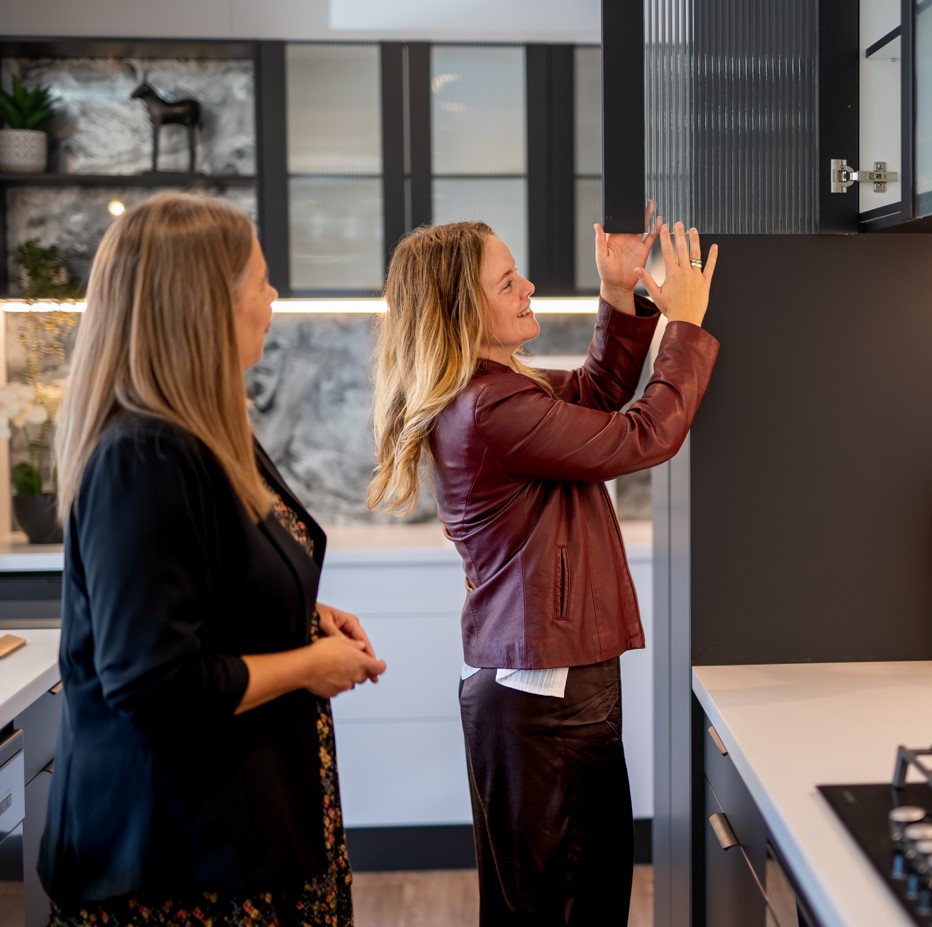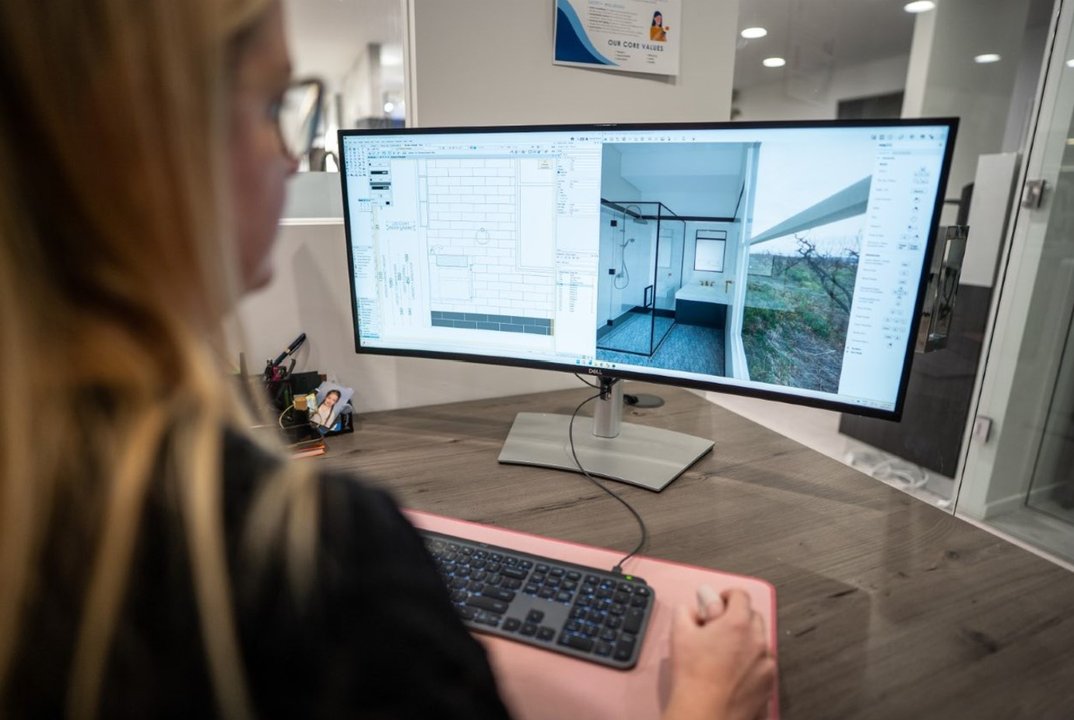
Kitchen & Bathroom Design
Level 5
1st year $1,658
2nd+ years $910
Kitchen and bathroom designers use their understanding of design and functionality to help customers create the exact space they have in mind.

What kitchen and bathroom designers do?
Kitchen and bathroom designers apply knowledge of cabinet construction, ergonomics and materials to solve design problems. They communicate with clients, create concept sketches and detailed technical plans, and write and present design briefs. They typically have a background in joinery or design, and have a keen eye for detail.
Kitchen design
Use specialised knowledge of the following areas to design a solution: mechanical systems, kitchen appliances, cabinet construction and installation, space planning.
Bathroom design
Use specialised knowledge of bathroom fixtures, fittings, accessories and mechanical systems to design a solution.

It's not just a job, it's a professional career
Kitchen and bathroom design isn't just a job – it's a professional career. By doing training and getting qualified, you're setting yourself up for ongoing employment as a well-paid designer. You’ll also open up opportunities to do further study in supervision or site management, go to university, or start a business and train your own students.
Kitchen and bathroom design qualifications
BCITO manages kitchen and bathroom design on-job training. As a student, you will be working towards the New Zealand Diploma in Design (Kitchen or Bathroom Design) (Level 5).
You’ll work under an experienced employer who'll provide on-job coaching and support. You'll also receive the guidance of a BCITO training advisor.
Qualifications may require you to attend block courses for assessment. These come at an additional cost, see pricing here.
There are no strict entry requirements, although it will help if you have good maths and English skills – you need to be able to understand instructions and work out measurements, quantities, and angles.
Apprentice Fees
Subject
First Year
Remaining Years
Kitchen and Bathroom Design (Level 5)
$1,658
$910

